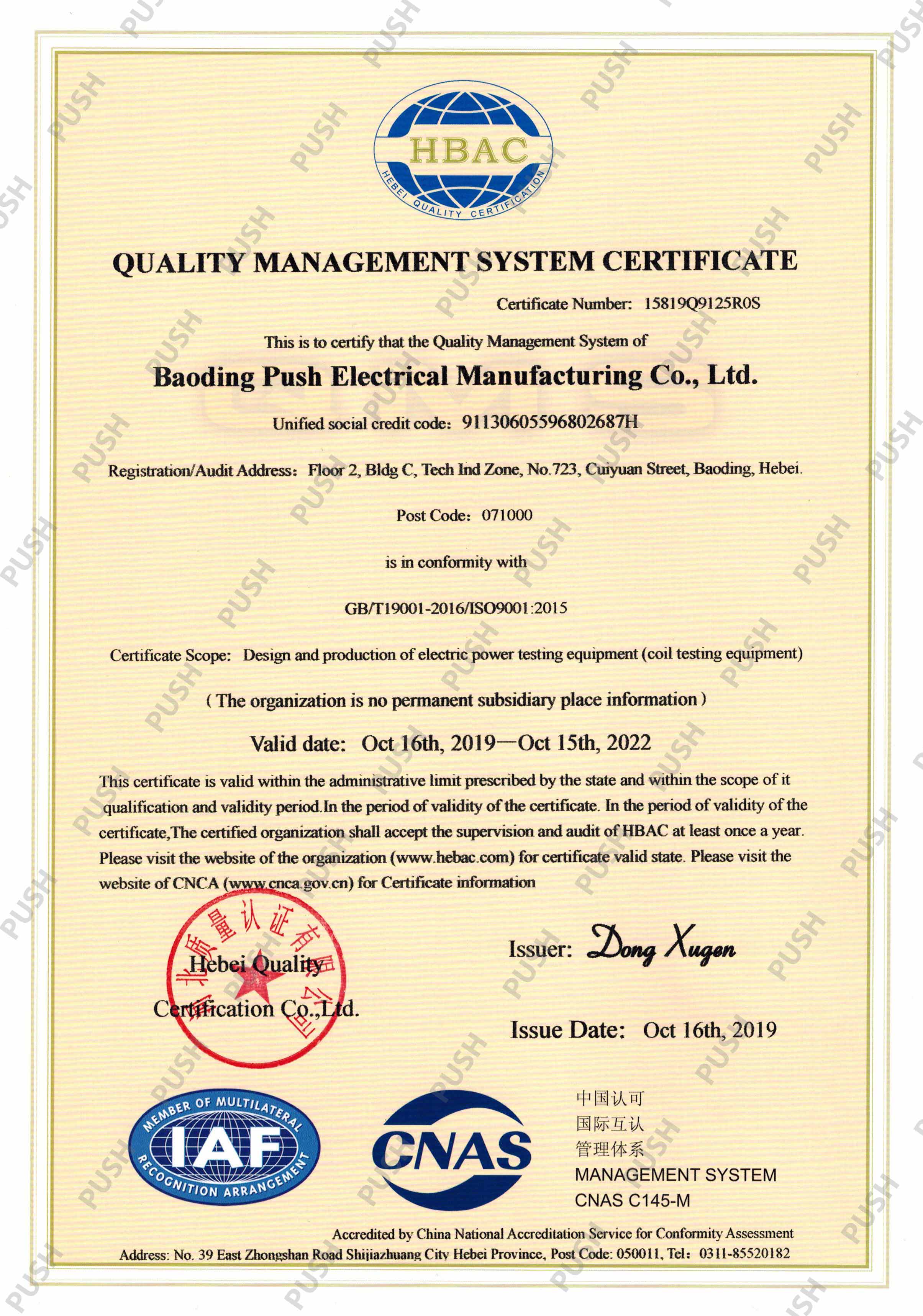 English
English



-
 Afrikaans
Afrikaans -
 Albanian
Albanian -
 Amharic
Amharic -
 Arabic
Arabic -
 Armenian
Armenian -
 Azerbaijani
Azerbaijani -
 Basque
Basque -
 Belarusian
Belarusian -
 Bengali
Bengali -
 Bosnian
Bosnian -
 Bulgarian
Bulgarian -
 Catalan
Catalan -
 Cebuano
Cebuano -
 China
China -
 China (Taiwan)
China (Taiwan) -
 Corsican
Corsican -
 Croatian
Croatian -
 Czech
Czech -
 Danish
Danish -
 Dutch
Dutch -
 English
English -
 Esperanto
Esperanto -
 Estonian
Estonian -
 Finnish
Finnish -
 French
French -
 Frisian
Frisian -
 Galician
Galician -
 Georgian
Georgian -
 German
German -
 Greek
Greek -
 Gujarati
Gujarati -
 Haitian Creole
Haitian Creole -
 hausa
hausa -
 hawaiian
hawaiian -
 Hebrew
Hebrew -
 Hindi
Hindi -
 Miao
Miao -
 Hungarian
Hungarian -
 Icelandic
Icelandic -
 igbo
igbo -
 Indonesian
Indonesian -
 irish
irish -
 Italian
Italian -
 Japanese
Japanese -
 Javanese
Javanese -
 Kannada
Kannada -
 kazakh
kazakh -
 Khmer
Khmer -
 Rwandese
Rwandese -
 Korean
Korean -
 Kurdish
Kurdish -
 Kyrgyz
Kyrgyz -
 Lao
Lao -
 Latin
Latin -
 Latvian
Latvian -
 Lithuanian
Lithuanian -
 Luxembourgish
Luxembourgish -
 Macedonian
Macedonian -
 Malgashi
Malgashi -
 Malay
Malay -
 Malayalam
Malayalam -
 Maltese
Maltese -
 Maori
Maori -
 Marathi
Marathi -
 Mongolian
Mongolian -
 Myanmar
Myanmar -
 Nepali
Nepali -
 Norwegian
Norwegian -
 Norwegian
Norwegian -
 Occitan
Occitan -
 Pashto
Pashto -
 Persian
Persian -
 Polish
Polish -
 Portuguese
Portuguese -
 Punjabi
Punjabi -
 Romanian
Romanian -
 Russian
Russian -
 Samoan
Samoan -
 Scottish Gaelic
Scottish Gaelic -
 Serbian
Serbian -
 Sesotho
Sesotho -
 Shona
Shona -
 Sindhi
Sindhi -
 Sinhala
Sinhala -
 Slovak
Slovak -
 Slovenian
Slovenian -
 Somali
Somali -
 Spanish
Spanish -
 Sundanese
Sundanese -
 Swahili
Swahili -
 Swedish
Swedish -
 Tagalog
Tagalog -
 Tajik
Tajik -
 Tamil
Tamil -
 Tatar
Tatar -
 Telugu
Telugu -
 Thai
Thai -
 Turkish
Turkish -
 Turkmen
Turkmen -
 Ukrainian
Ukrainian -
 Urdu
Urdu -
 Uighur
Uighur -
 Uzbek
Uzbek -
 Vietnamese
Vietnamese -
 Welsh
Welsh -
 Bantu
Bantu -
 Yiddish
Yiddish -
 Yoruba
Yoruba -
 Zulu
Zulu
high pot test electrical
Understanding the High-Pot Test in Electrical Engineering
In the field of electrical engineering, ensuring the safety and reliability of electrical equipment is paramount. One of the critical tests employed to achieve this is the High-Pot Test, or High Potential Test. This process is vital for evaluating the insulation properties of electrical apparatus, thus contributing to both the safety of consumers and the longevity of equipment.
The High-Pot Test is designed to assess the dielectric strength of insulators used in electrical systems. During this test, a high voltage is applied between the conductive parts of the device and the ground. The voltage level typically exceeds the normal operational voltage significantly, often reaching thousands of volts. For example, it is not uncommon for High-Pot Tests to utilize voltages in the range of 1,000 to 15,000 volts, depending on the specifications of the equipment being tested.
Understanding the High-Pot Test in Electrical Engineering
One of the advantages of the High-Pot Test is its ability to expose insulation flaws that aren't readily visible. For instance, microscopic cracks, voids, or contamination can compromise insulation integrity. By applying high voltage, manufacturers can simulate conditions that may occur during actual service, thus unveiling hidden vulnerabilities. This proactive approach aids in ensuring that only the safest and most reliable products reach consumers.
high pot test electrical

Conducting a High-Pot Test does require strict adherence to safety protocols, as the high voltage involved poses significant hazards. Technicians conducting the test must wear appropriate personal protective equipment (PPE) and follow established safety procedures. Equipment must also be properly grounded, and test environments should be designed to minimize risk, ensuring that there are no conductive materials or surfaces nearby that could cause accidental shocks.
Additionally, the results of the High-Pot Test can vary based on the method employed. There are different techniques, including both AC (Alternating Current) and DC (Direct Current) testing. AC testing can highlight weaknesses that might not be apparent under DC conditions, as the alternating nature can stress insulation in unique ways. Conversely, DC testing may provide more straightforward insights into the insulation's capacitive response. Each method has its advantages and is selected based on the specific requirements of the equipment being tested.
However, a High-Pot Test is not a standalone assessment. It should be part of a comprehensive quality control program that includes other tests and evaluations, such as insulation resistance tests and routine maintenance checks. This holistic approach ensures that all potential issues are identified and mitigated effectively.
In conclusion, the High-Pot Test is an indispensable tool in electrical engineering, aimed at ensuring the integrity of electrical insulation in various applications. By applying high voltages to assess insulation performance, engineers can uncover vulnerabilities that could otherwise lead to failures, thereby enhancing the safety and reliability of electrical systems. As technology advances, the importance of such testing methods continues to grow, reinforcing the critical role they play in safeguarding both equipment and users alike.
-
Testing Equipment Industry Sees Major Advancements in 2025: Smart & Precision Technologies Lead the WayNewsJun.06,2025
-
Applications of Direct Current Generators in Renewable Energy SystemsNewsJun.05,2025
-
Hipot Tester Calibration and Accuracy GuidelinesNewsJun.05,2025
-
Digital Circuit Breaker Analyzer Features and BenefitsNewsJun.05,2025
-
Benefits of Real-Time Power Quality Monitoring Devices for Industrial EfficiencyNewsJun.05,2025
-
Earth Fault Loop Testing in High-Rise Building Electrical SystemsNewsJun.05,2025



